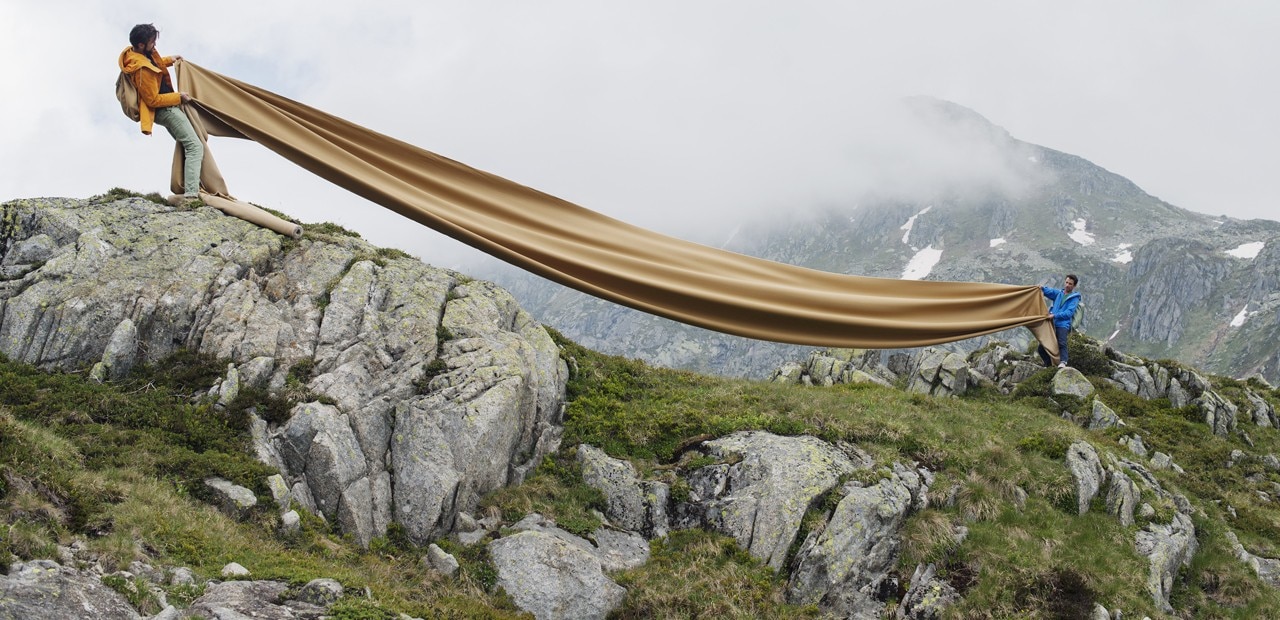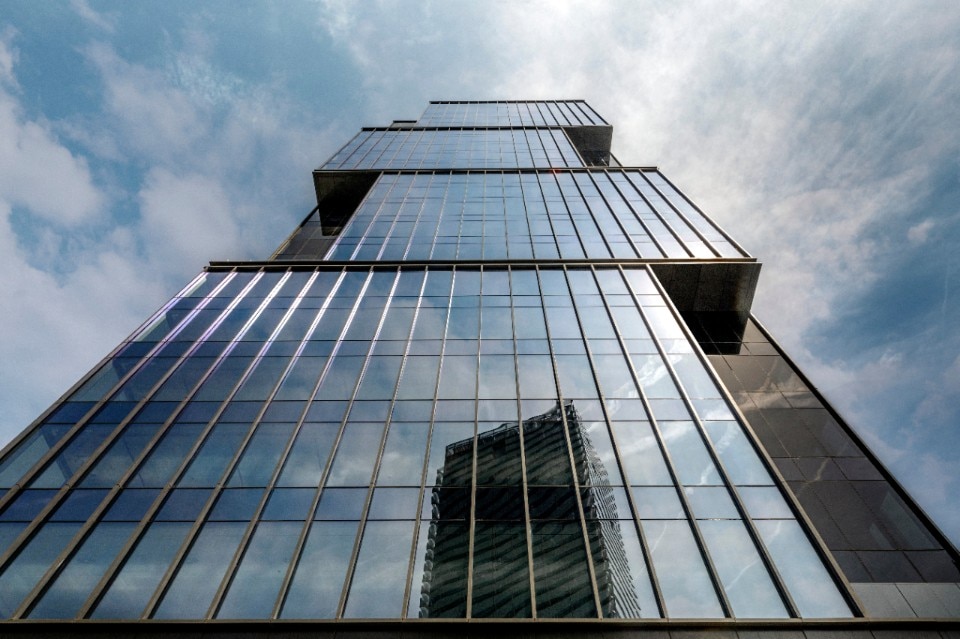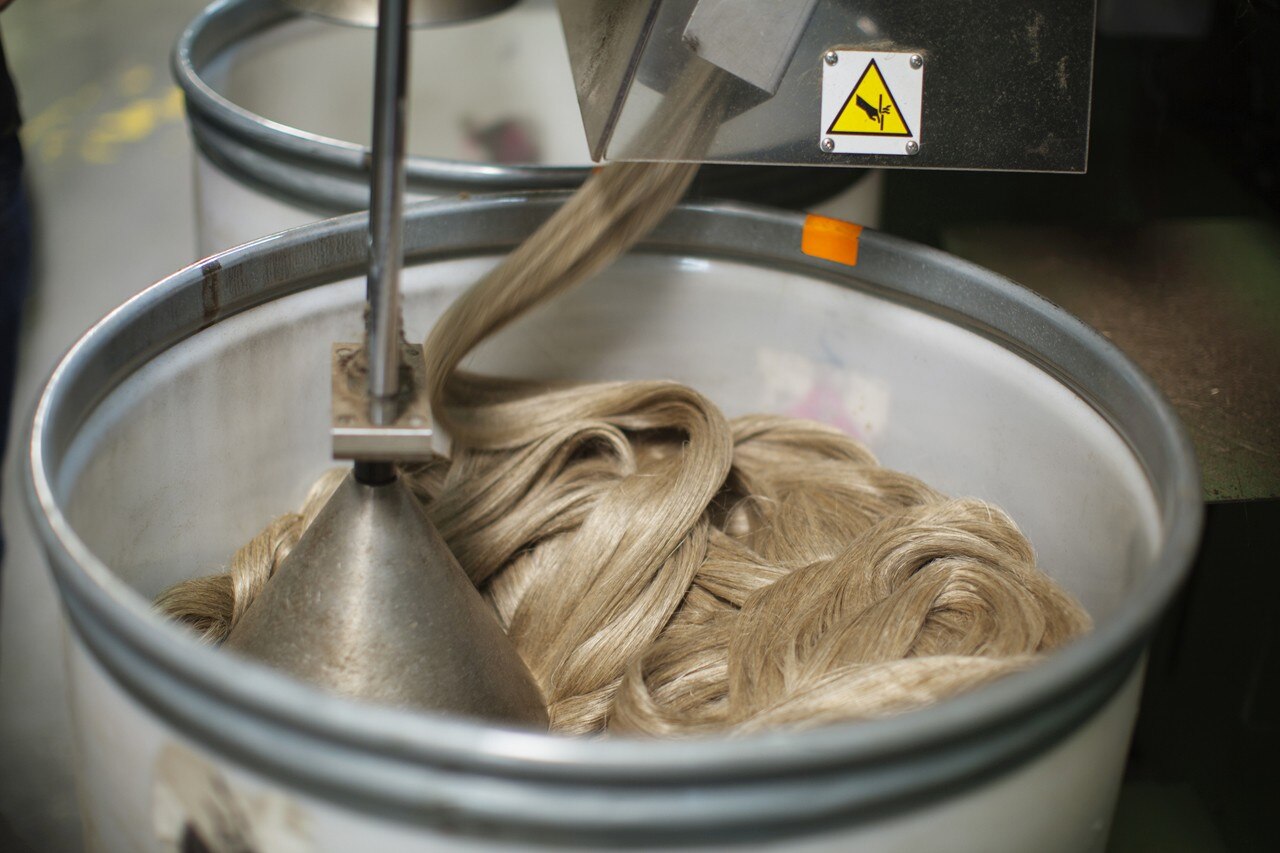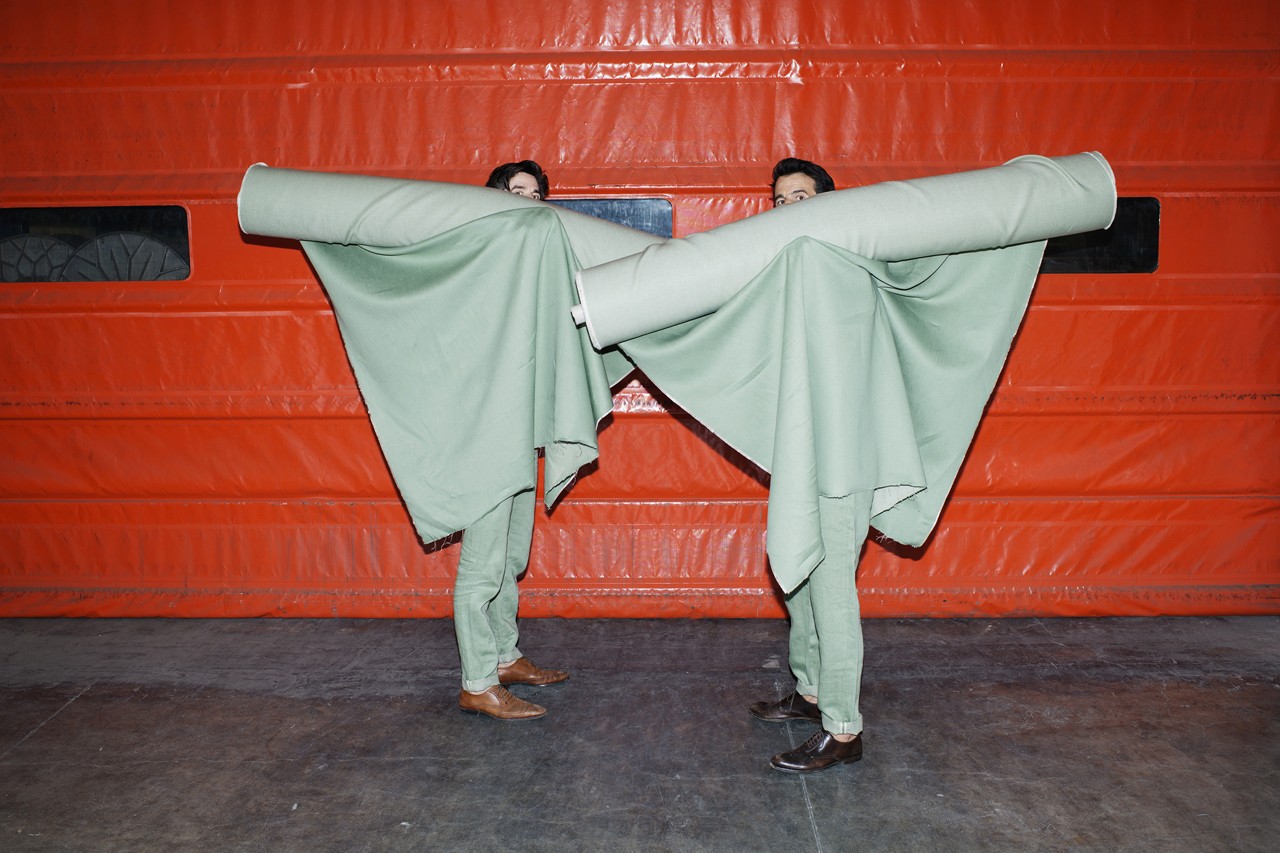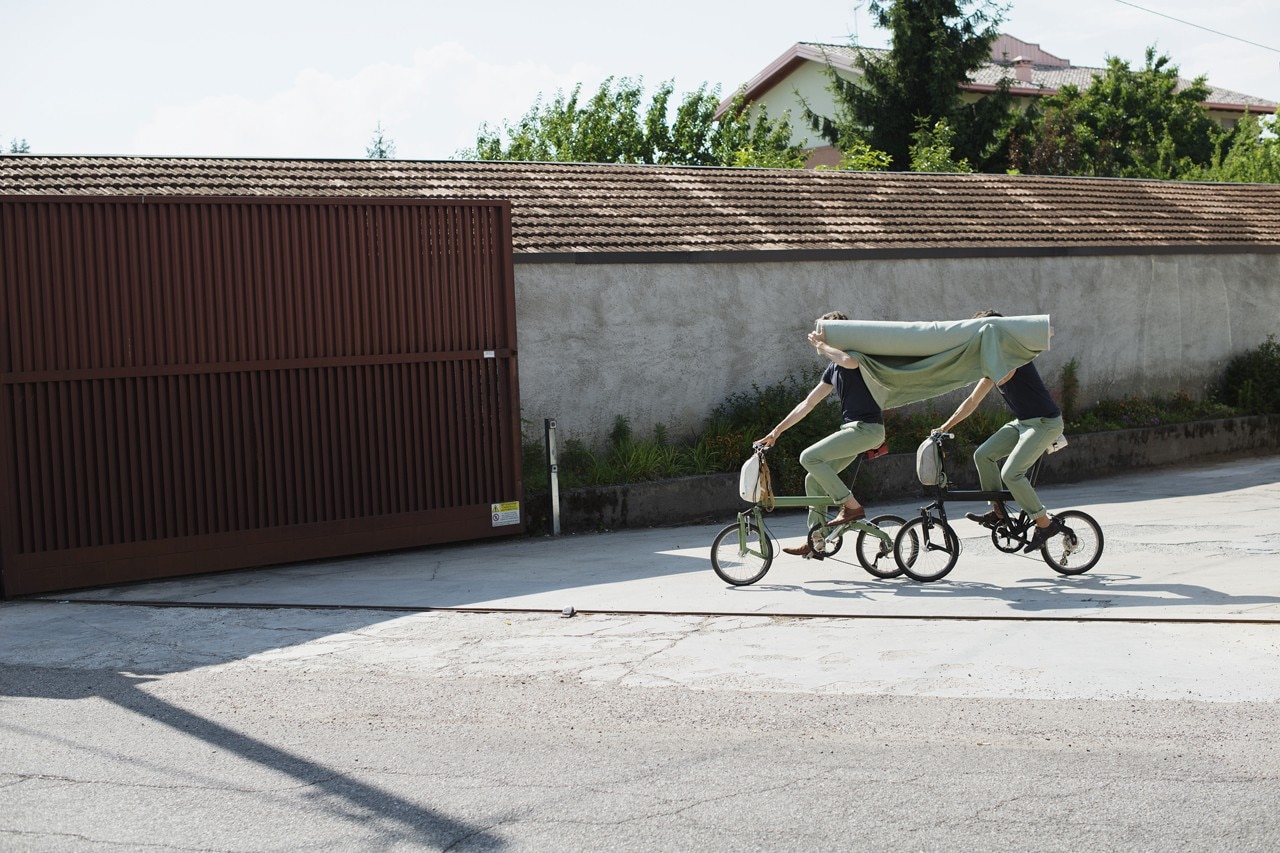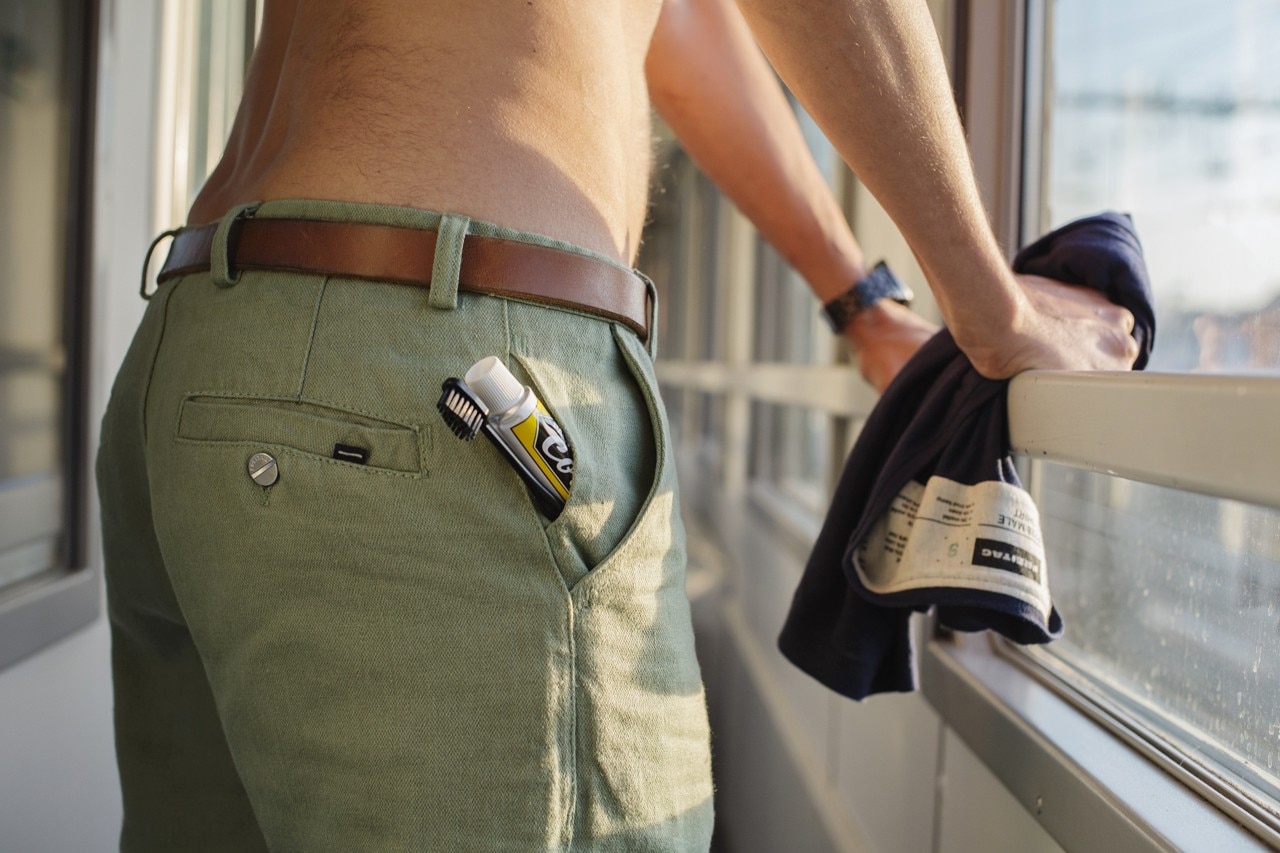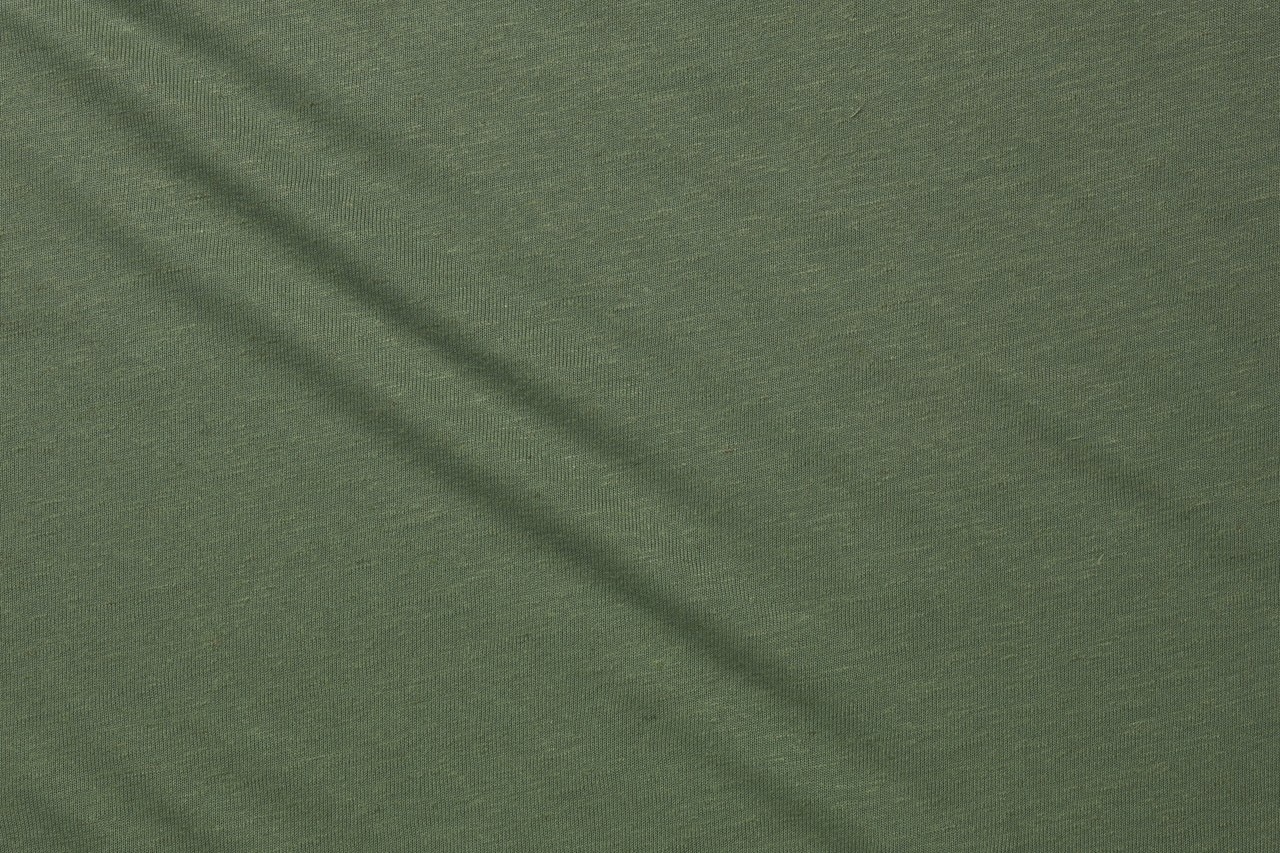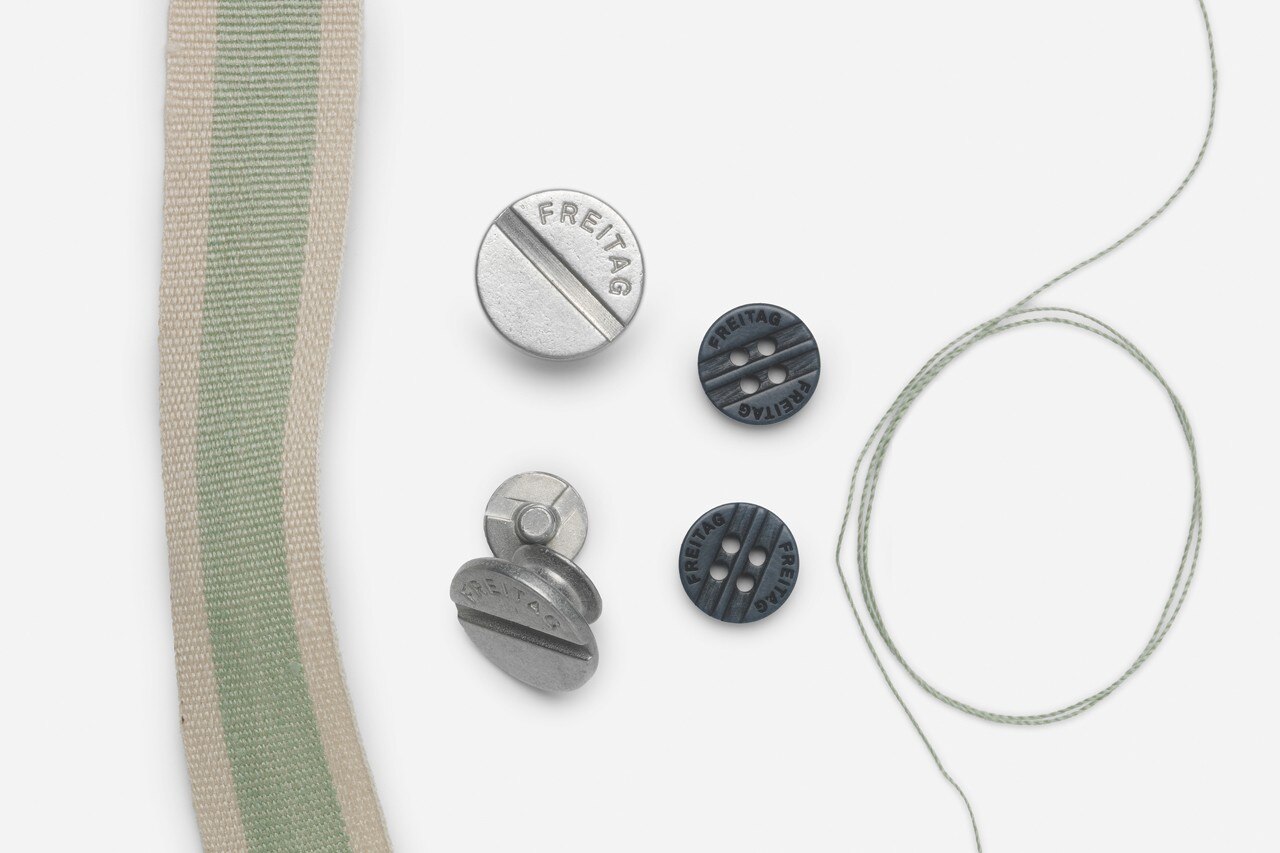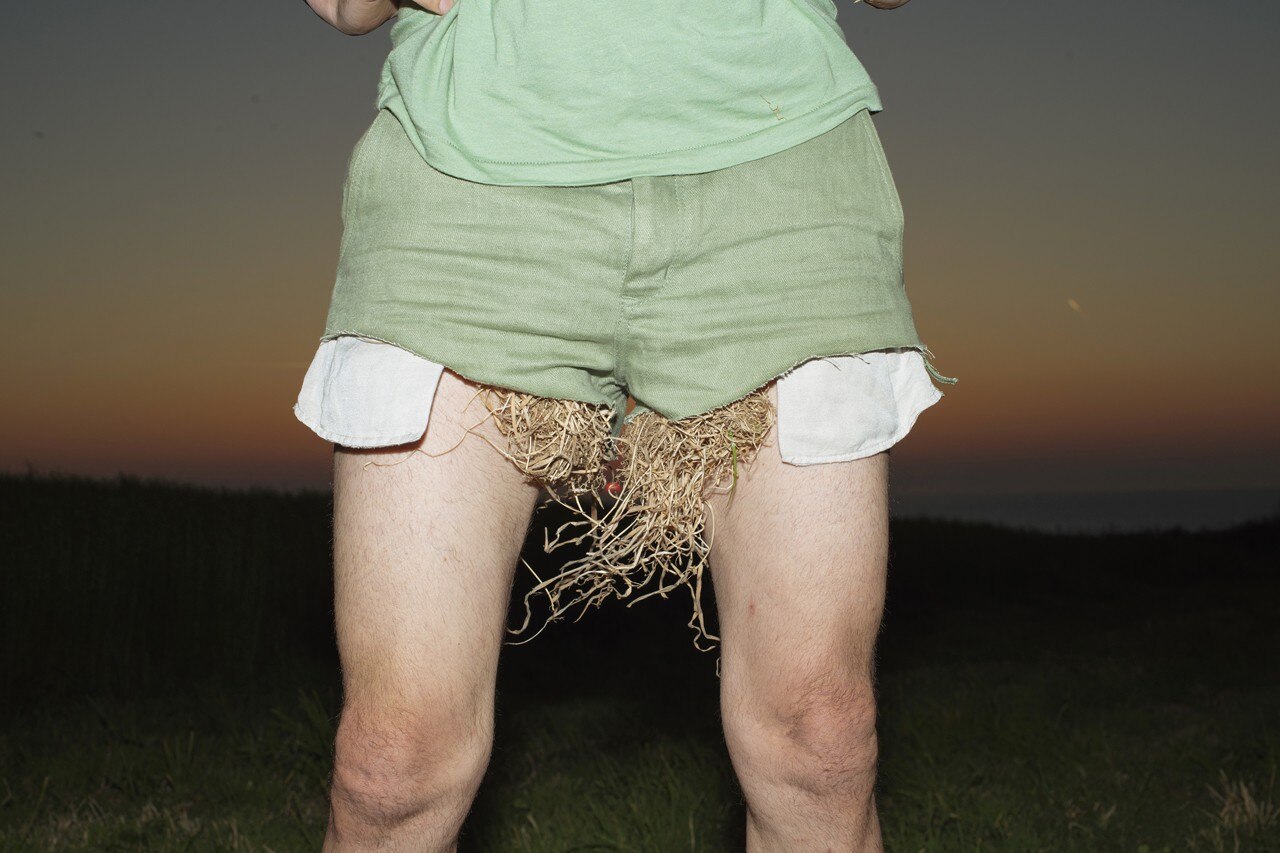
In order to meet these requirements, they had to return to the very beginning of the development cycle: the fiber. They chose hemp and flax, two plant-based fibers which, thanks to their lower water consumption and shorter transport distances, have a much smaller ecological footprint than cotton. These bast fibers form an extremely tough base, and when a softer feel is needed, Modal, a fiber made from beechwood, is added.
The globalization of the textile industry and the relentless advance of easy-to-process cotton heralded the closure of many European fabric producers. As a result, Freitag had to develop F-abric from scratch.
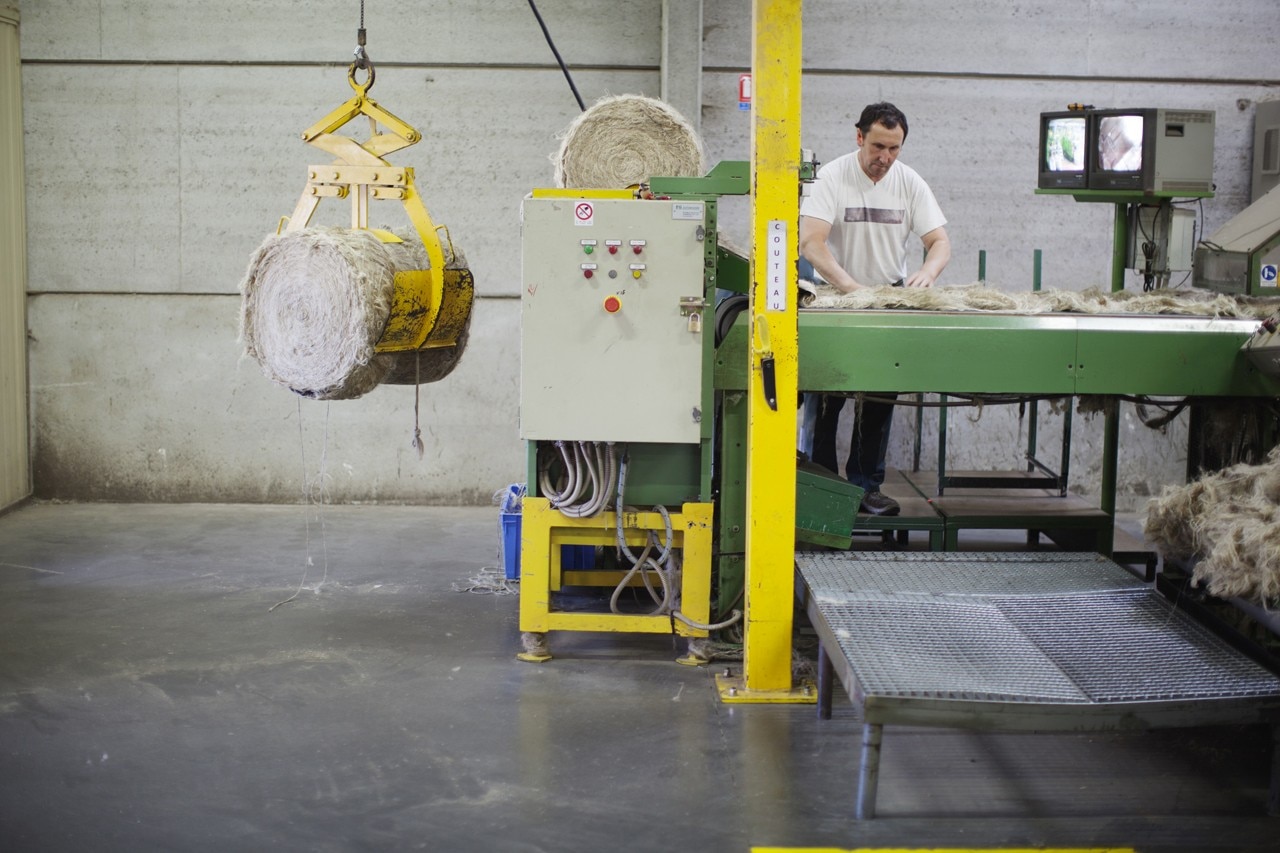
And just because you have a compostable fabric doesn’t mean you have a biodegradable garment. Freitag had to ensure that all the other components like linings, labels, and selvages were also biodegradable. Rivets were avoided altogether and instead of using cheap, standard polyester thread for stitching, they found a compostable thread. They also developed a button that can be unscrewed and removed from the garment.
After five years of development and several employee test runs, Freitag has now a selection of fabrics that originate from European fibers and are produced within 2,500 kilometres (1,600 miles) of Freitag HQ. And they’ll biodegrade completely in any compost heap.
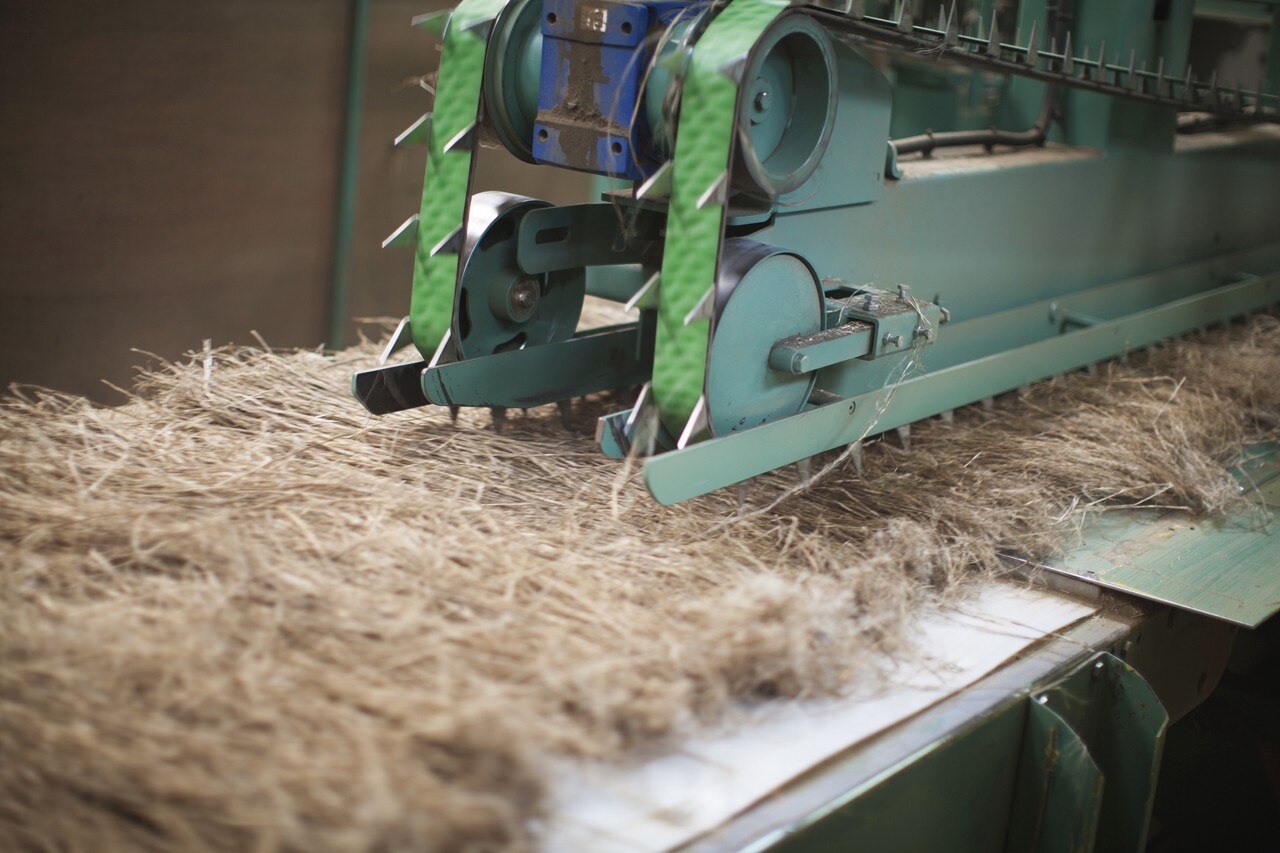
F-abric
Design and production: Freitag
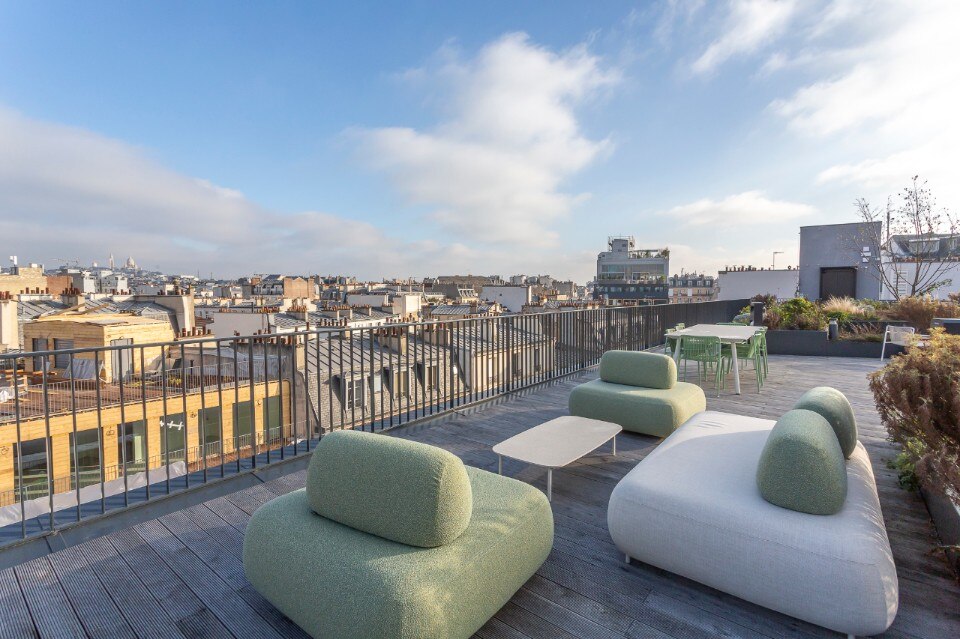
The New Brevo House by Pedrali
Brevo has given its Parisian headquarters, La Maison Brevo, a major makeover, prioritizing innovation and employee well-being for its 400 staff members. The furnishings, curated by Pedrali, transform the 3,000 sq m of interior and exterior space into dynamic, stimulating environments that foster collaboration and diverse work styles.



